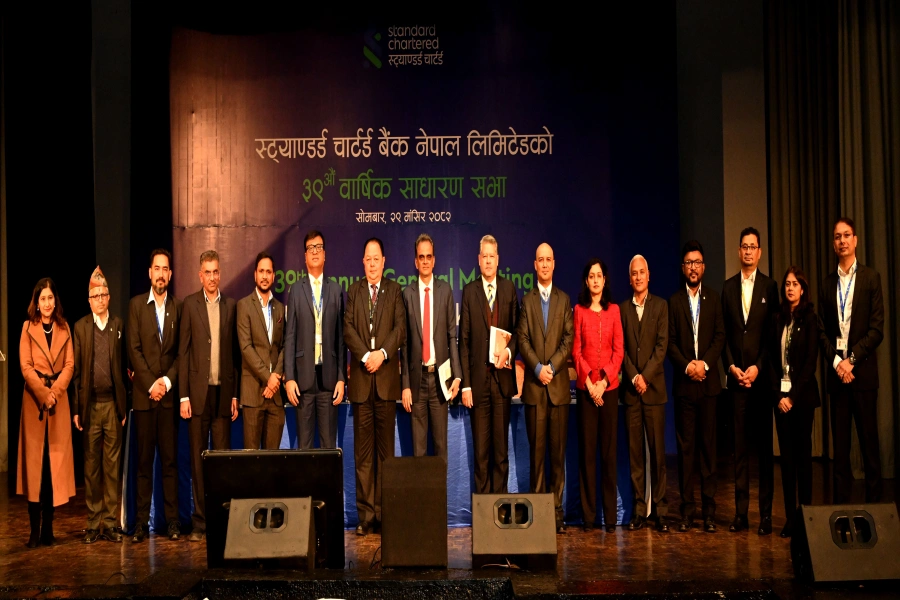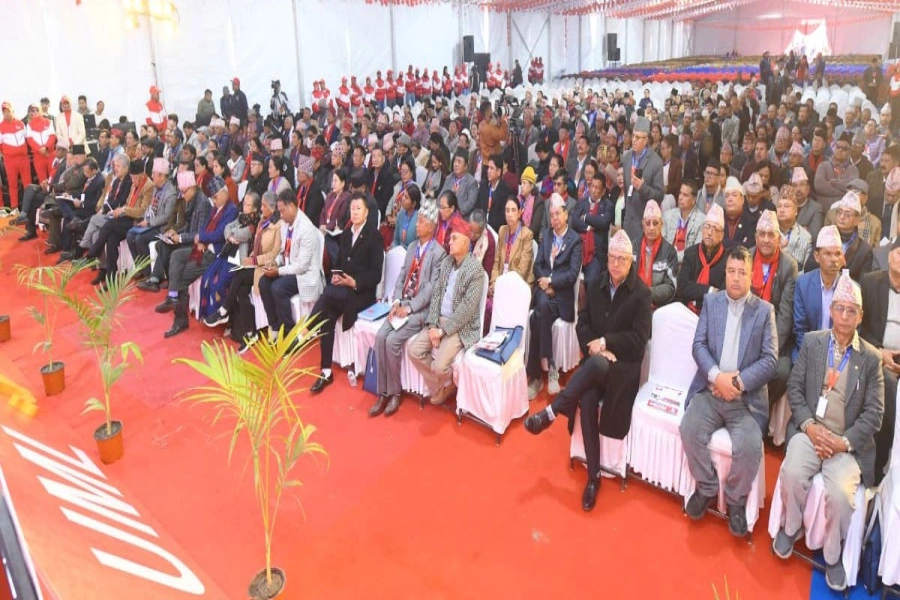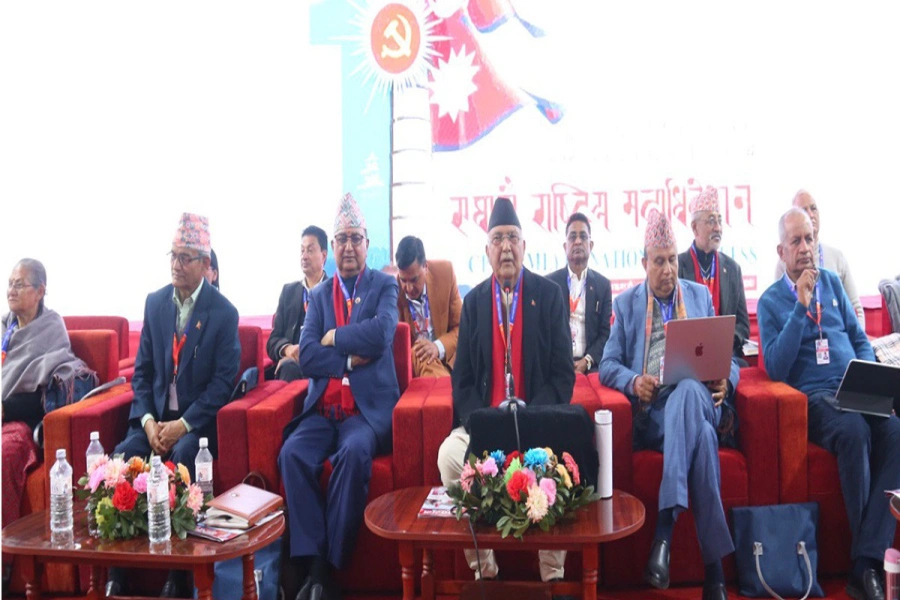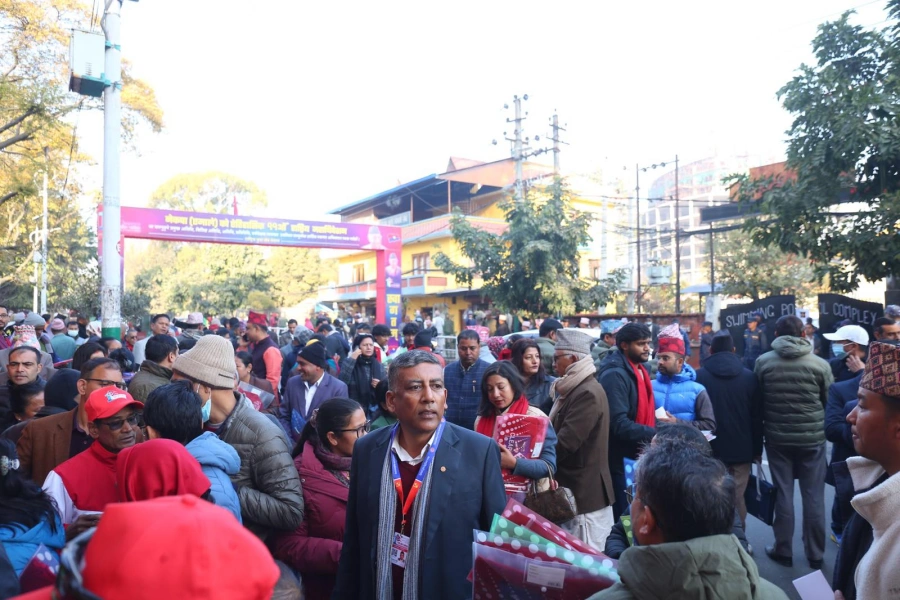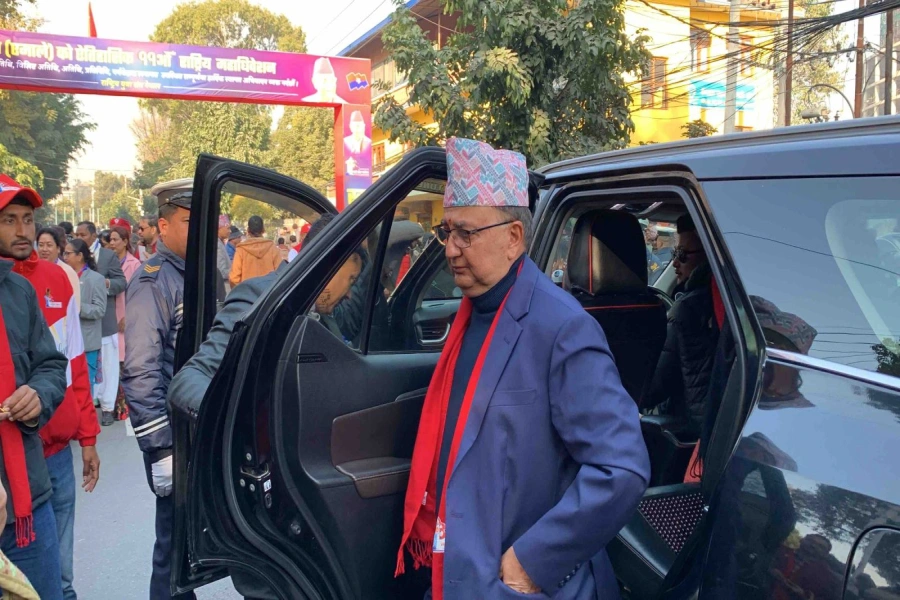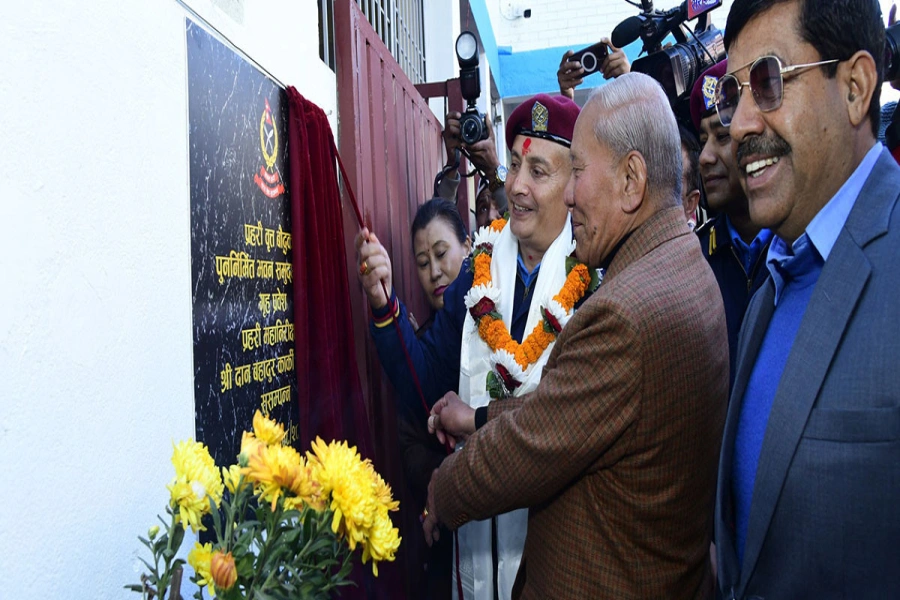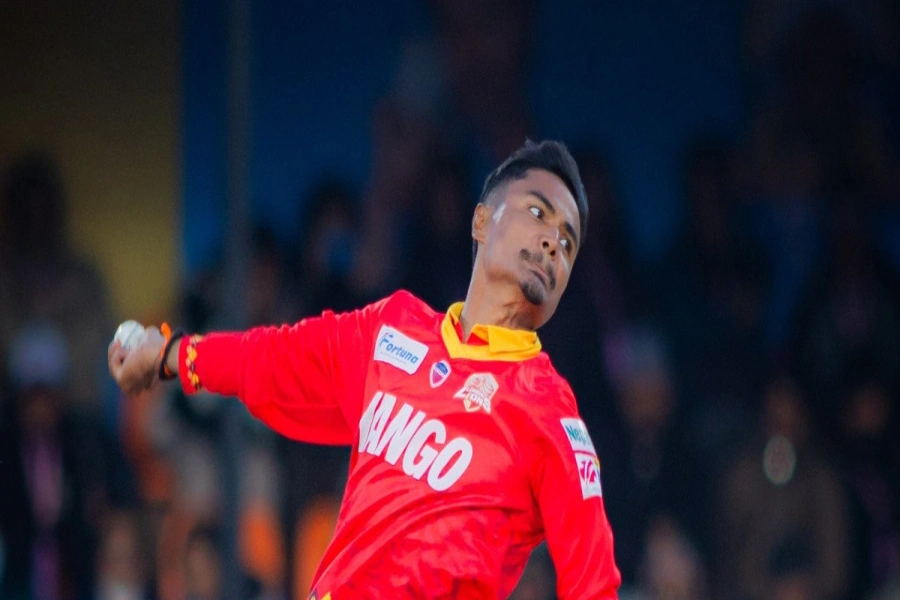Intermittent fasting is quite the rage these days. One, it’s a new idea from the nutrition-conscious community and that is sure to spark some interest. And two, it’s an eating pattern and not a stringent diet with the intent to starve you.
Dr Uma Koiral, PhD. is a professor of Nutrition and Dietetics at Tribhuvan University. She has been a nutrition expert for over 25 years and also works as a freelance nutritionist. Over the year, she has seen dramatic changes in the approach to nutrition intake and observes intermittent fasting with particular curiosity. Here she spoke to The Week and helped decode the idea that is Intermittent Fasting (IF).
Intermittent fasting is quite a new approach to nutrition intake these days. What is it really about?
So the idea behind intermittent fasting is that our body needs more energy and nutrition during the day and not during the night. But the pattern in which we eat is very regimented and evenly uniform throughout the day. You don’t need energy to sleep so you actually have no need for supper. You don’t really require the energy your supper provides you with. Intermittent fasting is, for that exact reason, to eat in the hours where you really require energy and not consume anything when you have no need for it. Medically, fasting isn’t something we suggest because our enzymes require nutrition in consistent gaps throughout the day and fasting essentially denies them that. Gastritis, ulcer, and low blood levels are thus very common as a result of fasting. However, intermittent fasting is about breaking down nutrition in the quantity required in various hours during the day. It is fasting yes, but it’s a smarter way of doing it.
Study reveals intermittent fasting could increase heart attack...

So how does one fast intermittently?
To follow the idea principally, you eat your breakfast in the morning. Breakfast is inarguably the most important meal of the day so make sure that you have a filling breakfast. In the Nepali setting, you could begin the day by the staple dal-bhat, only make sure that you eat more vegetables than rice. Roti is a good substitute and you could always eat cereals and oats. Throughout the day keep yourself occupied with food, it need not be anything heavy but you could always eat fruits, salad, or just boiled potatoes. Drink water frequently, it helps with digestion. Five to six glasses of water a day should suffice. You eat throughout the day and then when the clock strikes six in the evening you stop. From that point onward till the morning of the next day, you don’t eat anything. This is intermittent fasting.
What are the possible health benefits of intermittent fasting?
There are concrete evidences of weight loss, reduction in inflammation, lowered blood pressures and definite benefits to the body’s cardiovascular system as a result of intermittent fasting. There is also a continuous flow of nutrition in the body in the hours when the body really needs them. It is due to this that energy levels remain constant throughout the day when you are on intermittent fasting. You don’t become lethargic or feel drowsy so you’re more focused when doing tasks.
What are the common mistakes people make when on intermittent fasting?
Intermittent fasting isn’t strict fasting, people have to understand that. It does not mean complete avoidance of food. Rather it rations the hours in which you should be eating and those in which you shouldn’t. People usually eat an excessive amount in the hours they are allowed to eat or eat too less. Another common mistake is eating the wrong type of
food. What you eat during the day should be high in fiber and protein and be an overall balance of nutrients. Eating extremely oily or heavy food will make it difficult for the body to digest it so you end up feeling lethargic the entire day. And that isn’t the intent of intermittent fasting.
When done incorrectly, what may happen?
Intermittent fasting isn’t all that complicated. It is only a slight adjustment to one’s lifestyle but the fallacy that it is an alien concept makes people look at it with certain preconceived notions. They try to adapt to it to their daily lifestyle without actually accommodating to it. Eating in large quantities in one sitting just because you feel like it doesn’t allow intermittent fasting to work. You actually end up gaining weight or have indigestion issues. Heartburns, low energy levels, regular headaches, unquenchable cravings, body temperature falling are also complications that may arise when intermittent fasting is approached wrongly.
How can intermittent fasting be incorporated in our Nepali lifestyle?
I think it’s particularly easy for Nepalis to adapt to intermittent fasting. You eat rice as you would in the morning, say at 9 am, then in varying intervals you eat slices of cucumber, bread, or anything light. Just keep yourself occupied. Avoid heavy and spicy food but you may allow yourself a few spoonful of it. Keep yourself hydrated. Working out before your first meal would be appropriate. It’s a myth that you shouldn’t workout on an empty stomach. When you work out on an empty stomach, your body isn’t engaged with having to digest food and large quantities of oxygen are supplied to your body and that helps in rapid weight loss.



